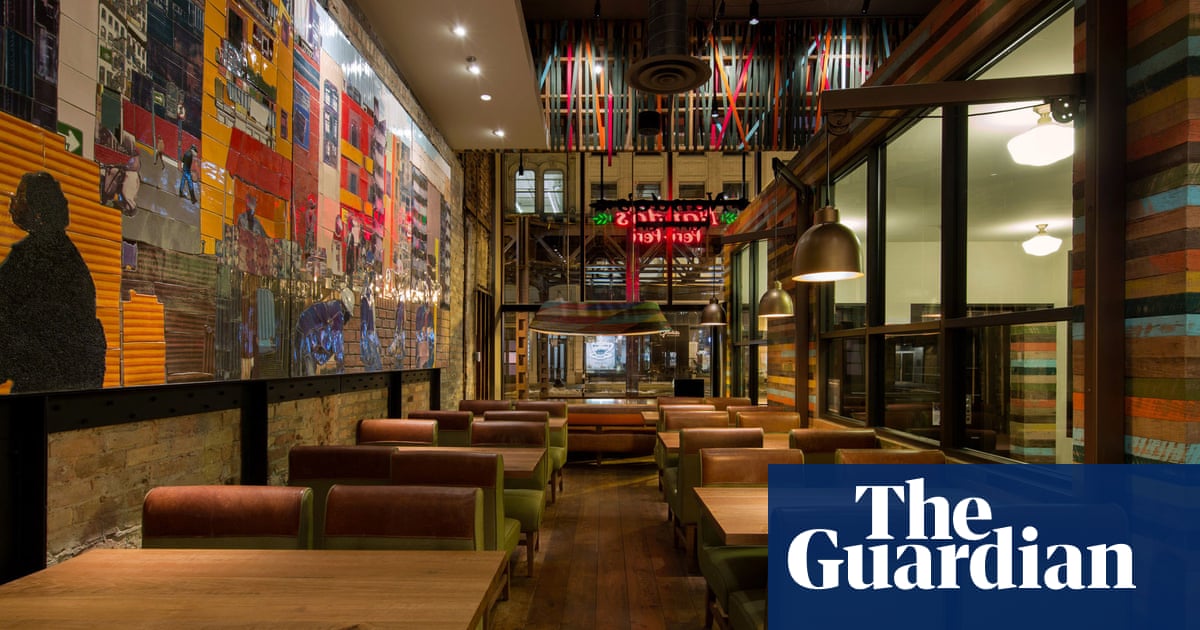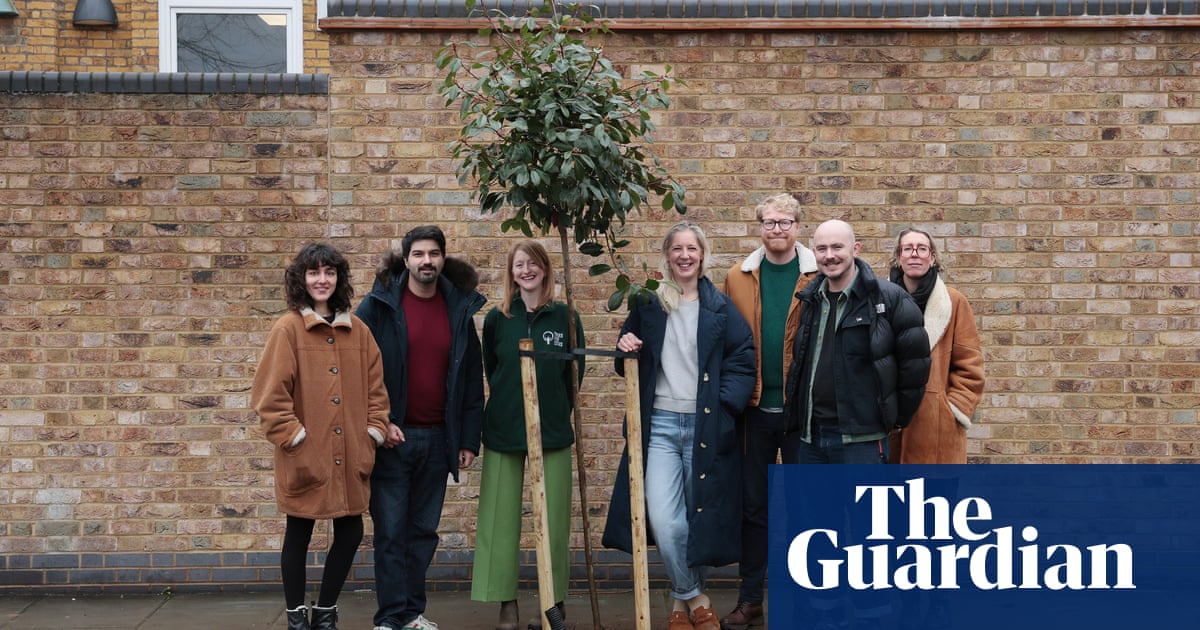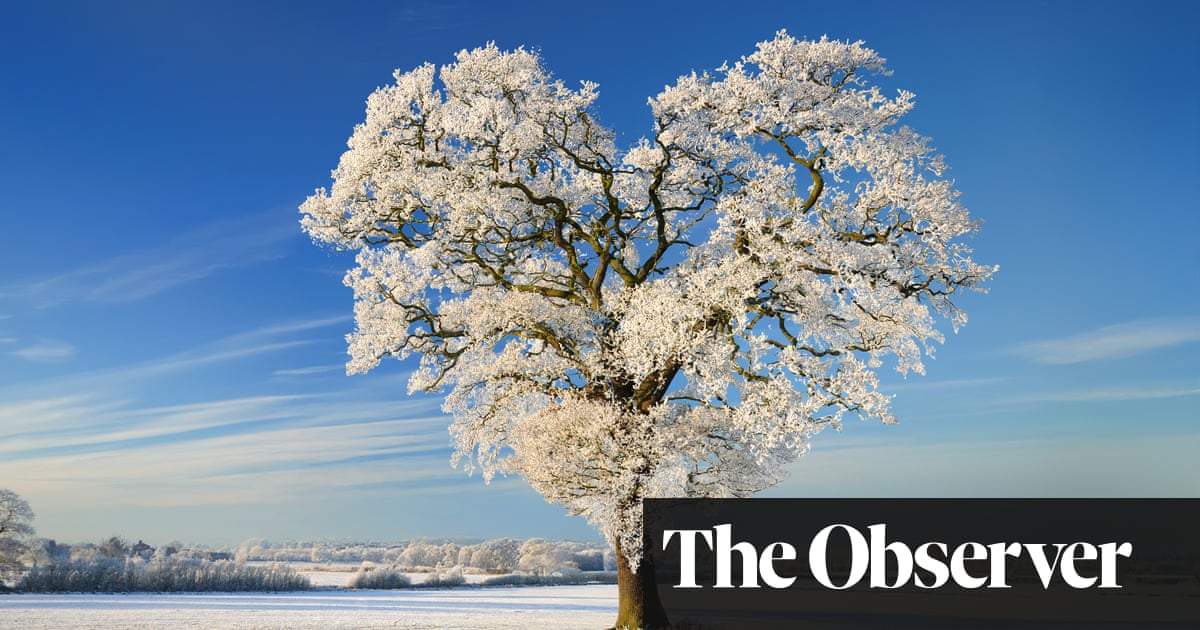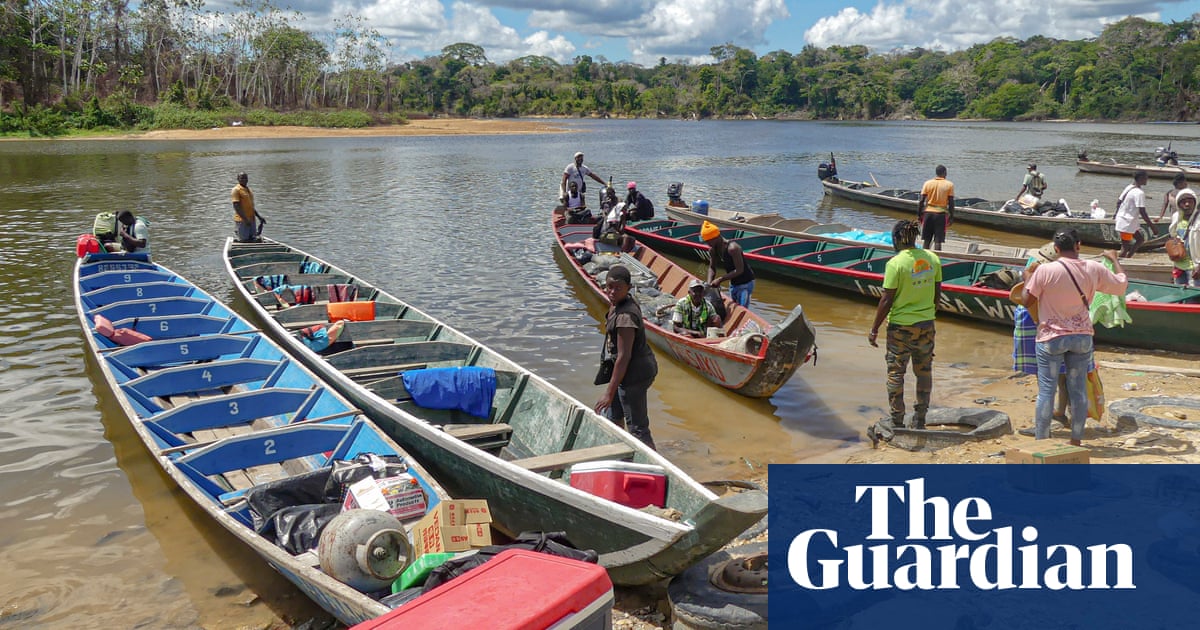The sounds of wind turbines, rare whales and the Amazonian dawn chorus are among the noises being preserved as part of an exhibition of soundscapes found in world heritage sites.
The Sonic Heritage project is a collection of 270 sounds from 68 countries, including from famous Unesco-designated sites such as Machu Picchu and the Taj Mahal, as well as natural landscapes such as the monarch butterfly sanctuary in El Rosario, Mexico and the Colombian Amazon.
“When you think of world heritage sites, you always think of visuals, but there’s almost no attention paid to the way these heritage sites sound,” said Stuart Fowkes, an Oxford-based sound artist and creator of Cities and Memory, one of the world’s largest archives of field recordings.
The monarch butterfly sanctuary in El Rosario, Mexico
Credit: Erick Ruiz Arellano
00:00:00
00:02:08
“The incredible thing about sound is that it’s so immersive and it can drop you into the experience of being in a place in a way that visuals and photography, and to some extent videos, can’t,” said Fowkes.
“Sound is incredibly transportive. It helps you to get a more solid sense of what it would actually feel like to be there.”
Fowkes said at least a fifth of the 270 recordings in the virtual exhibition were of natural soundscapes, and that the project was “as much about the preservation of natural life” as it was about preserving precious monuments.
Listeners can immerse themselves in the sounds of leaves falling in the ancient city of Tikal in Guatemala, the squeaks made by bats in India’s Ellora caves, waves crashing against Morocco’s walled city Essaouira, or the Old Faithful geyser bursting out of the ground in Yellowstone national park in the US.
“A lot of those Unesco spaces are about things like the preservation of species, particular migratory routes and important habitats for rare species,” Fowkes said. “Sounds like the whale sanctuary of El Vizcaíno [off Mexico] is about preserving the breeding grounds of that specific grey whale.”
As well as capturing and documenting natural soundscapes, the exhibition also highlights how human-made sounds intrude on natural spaces, such as the sound of a wind turbine on the Ningaloo coast in Australia.
A wind turbine at Australia's Ningaloo reef
Credit: Fur Chick
00:00:00
00:04:53
“A wind turbine is great from the point of view of renewable energy, but it makes a lot of noise and that can intrude on the natural environment and have an impact on species that are living there as well,” Fowkes said. “It’s a complicated balance.”
Fowkes spent six months collecting field recordings retrieved from his personal archive and gathered submissions from an open callout.
Sea lions at Espíritu Santo island in Mexico
Credit: Erick Ruiz Arellano
00:00:00
00:01:25
He said one focus of the Sonic Heritage project was the effects tourism has on the diversity of sound at a location.
“There’s a lot of work that’s put into preserving how a place looks, but there is nothing like, for example, a blue plaque scheme for sound,” Fowkes said.
“We should be paying attention to sound and how it is preserved, because one of the risks with overtourism is losing soundscapes. You lose that sonic aspect when you have lots of people crammed into the same space.”

 1 day ago
3
1 day ago
3













































